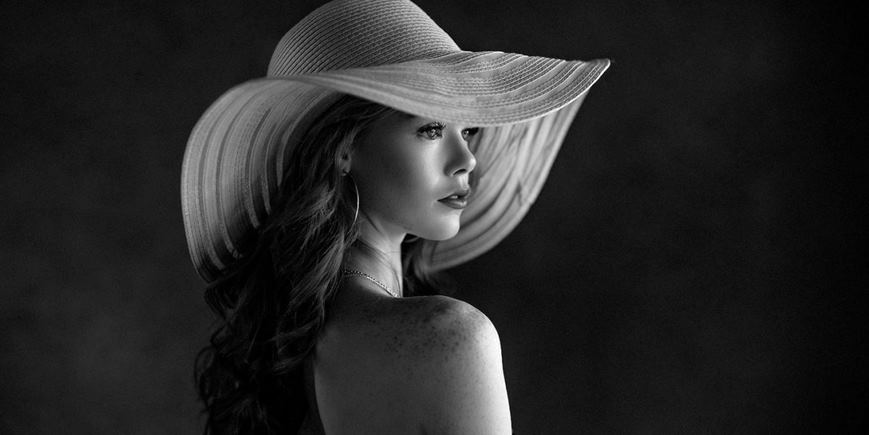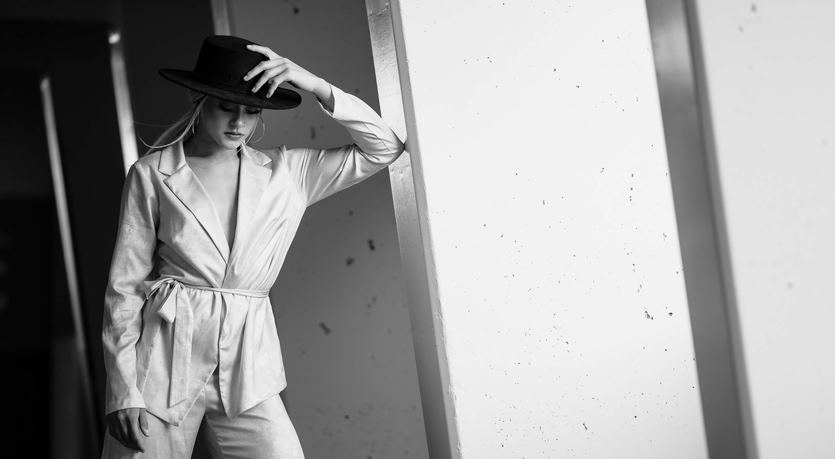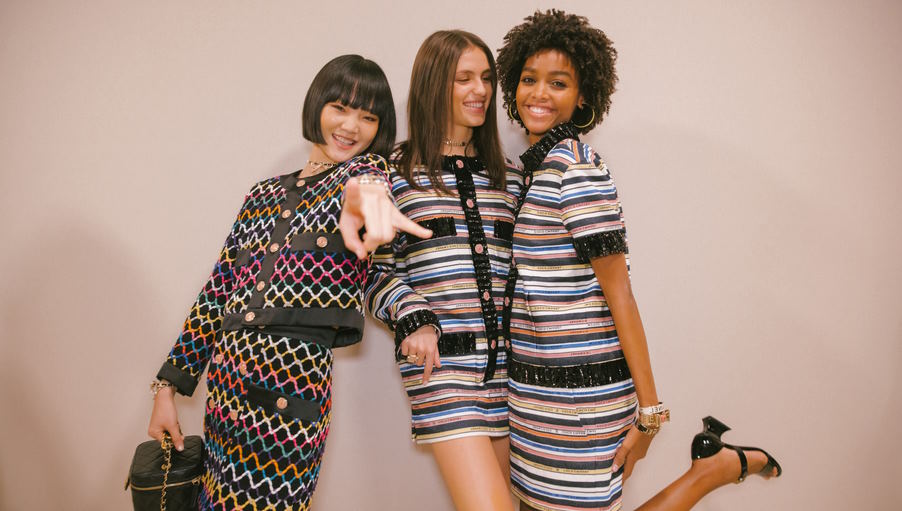Black and white photography has been around since the invention of the camera, and it still holds a special place in the world of art and photography today. While color photography has its advantages, black and white photography can evoke a sense of nostalgia, drama, and timelessness that is difficult to achieve with color alone. In the world of fashion photography, black and white images can add a layer of sophistication and elegance to a shoot. In this blog post, we’ll explore the art of black and white fashion photography and how it can be used to create stunning and timeless images that will stand the test of time. Whether you’re a professional photographer or just starting out, this guide will provide you with the tips and tricks you need to create striking and memorable monochrome images.
The History of Black and White Fashion Photography
Black and white fashion photography has a long and rich history, dating back to the early days of photography itself. The first successful photographic process, the daguerreotype, was invented in the early 19th century and was primarily used to capture portraits. These early photographs were typically monochrome, as color photography would not become commercially viable until many years later.
As photography evolved and became more accessible to the masses, black and white photography became increasingly popular as a means of capturing the world around us. In the mid-20th century, black and white fashion photography began to emerge as an art form in its own right. Fashion photographers such as Richard Avedon, Irving Penn, and Helmut Newton became household names for their iconic black and white images, which helped to define the fashion industry of the time.

Black and white fashion photography reached new heights of popularity in the 1960s and 1970s, as the fashion industry became more daring and avant-garde. Photographers like Guy Bourdin and Bob Richardson pushed the boundaries of the genre, creating images that were both provocative and thought-provoking. The use of black and white photography helped to give these images a timeless quality, which continues to captivate audiences to this day.
Today, black and white fashion photography remains a popular choice for many photographers and fashion designers. While color photography has certainly become more prevalent, many still believe that black and white images possess a certain elegance and sophistication that cannot be replicated in color. The use of monochrome also allows photographers to focus more on the composition and lighting of their images, creating a mood and atmosphere that is both powerful and emotive.
In conclusion, the history of black and white fashion photography is long and storied, with a rich legacy of iconic images that continue to inspire and captivate audiences. While technology and tastes may change over time, the enduring appeal of monochrome photography ensures that it will remain an important part of the fashion industry for years to come.
The Advantages of Black and White Fashion Photography
Black and white fashion photography has a number of distinct advantages over color photography. Perhaps the most significant of these is the ability of monochrome images to capture emotion and convey meaning in a way that color images often cannot.
When shooting in black and white, photographers are forced to focus more on the composition and lighting of their images. This can lead to more powerful and emotive images, as the absence of color allows viewers to focus more on the subject matter and the emotions it evokes. The use of monochrome can also give images a timeless quality, allowing them to remain relevant and impactful long after they were taken.

Another advantage of black and white photography is its versatility. Because monochrome images are not tied to any particular color scheme, they can be used in a variety of different contexts and settings. This makes black and white images ideal for a wide range of applications, from advertising campaigns to fine art photography.
Finally, the importance of lighting in black and white photography cannot be overstated. Because there is no color to distract the eye, the use of lighting becomes even more crucial in creating mood and atmosphere in images. This requires a greater degree of skill and precision on the part of the photographer, but can ultimately result in more powerful and impactful images.
In conclusion, the advantages of black and white fashion photography are numerous and varied. From its ability to capture emotion and convey meaning to its versatility and emphasis on lighting, monochrome photography remains an important and impactful part of the fashion industry. Whether shooting for commercial purposes or creating fine art photography, black and white images have a timeless quality that continues to captivate audiences around the world.




